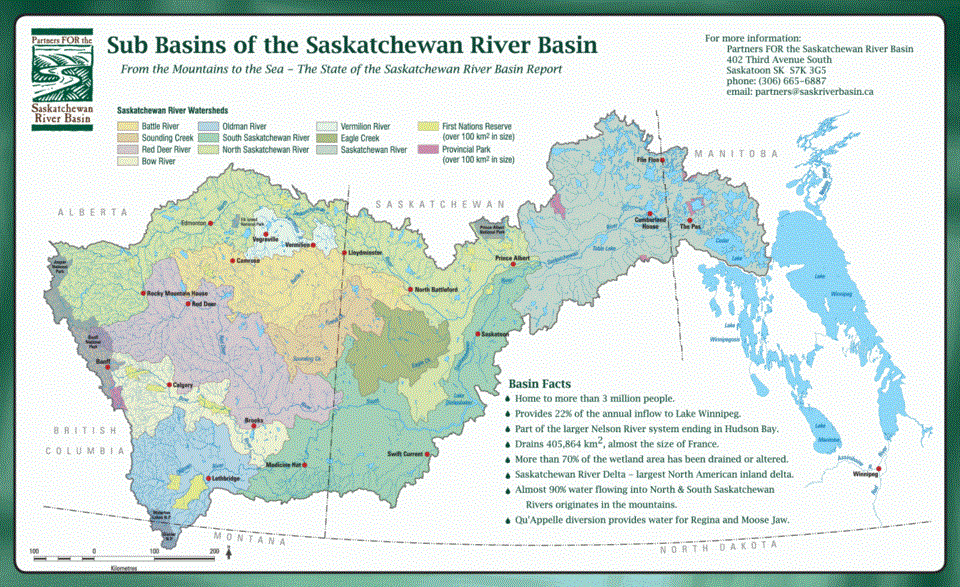by Craig Gilbert | [email protected]
Jasper National Park already had plans to sample fish in the Brazeau River this summer when word broke that whirling disease had appeared in the North Saskatchewan watershed.
The Canadian Food Inspection Agency (CFIA) declared the North Saskatchewan watershed infected on March 9.
The announcement followed earlier declarations of infection in the Bow, Oldman and Red Deer River watersheds.
The watershed includes the Brazeau, which runs along the southern border of JNP.
“It is important to note that the disease has not been detected within Jasper National Park,” a March 14 statement from JNP spokesperson Steve Young read. Superintendent Alan Fehr made comments along similar lines the evening previous at the park’s 2018 annual forum. “Parks Canada will continue to monitor situation closely and take the necessary actions to ensure the protection of healthy aquatic ecosystems in Canada’s national parks.”
Whirling disease is not harmful to humans but can have a significant impact on some fish populations. It can be transmitted to other water bodies through gear and equipment used for swimming, paddling, boating and fishing. In Alberta, rainbow, westslope cutthroat and brook trout, as well as mountain whitefish, are most susceptible to the disease.
At the provincial level a whirling disease committee has been established to address the long-term management of the disease and a new whirling disease laboratory was opened last summer to manage fish sampling and testing.
Alberta and Parks have adopted similar strategies to mitigate the spread of invasive species and disease with clean, drain and dry campaigns aimed at users of recreational watercraft and gear from boats to floaters and fins.
“Protocols are also in place for commercial operators and companies working in the park to disinfect their water gear,” Young wrote. “By doing so, we can help to protect the ecological integrity of national parks.”




